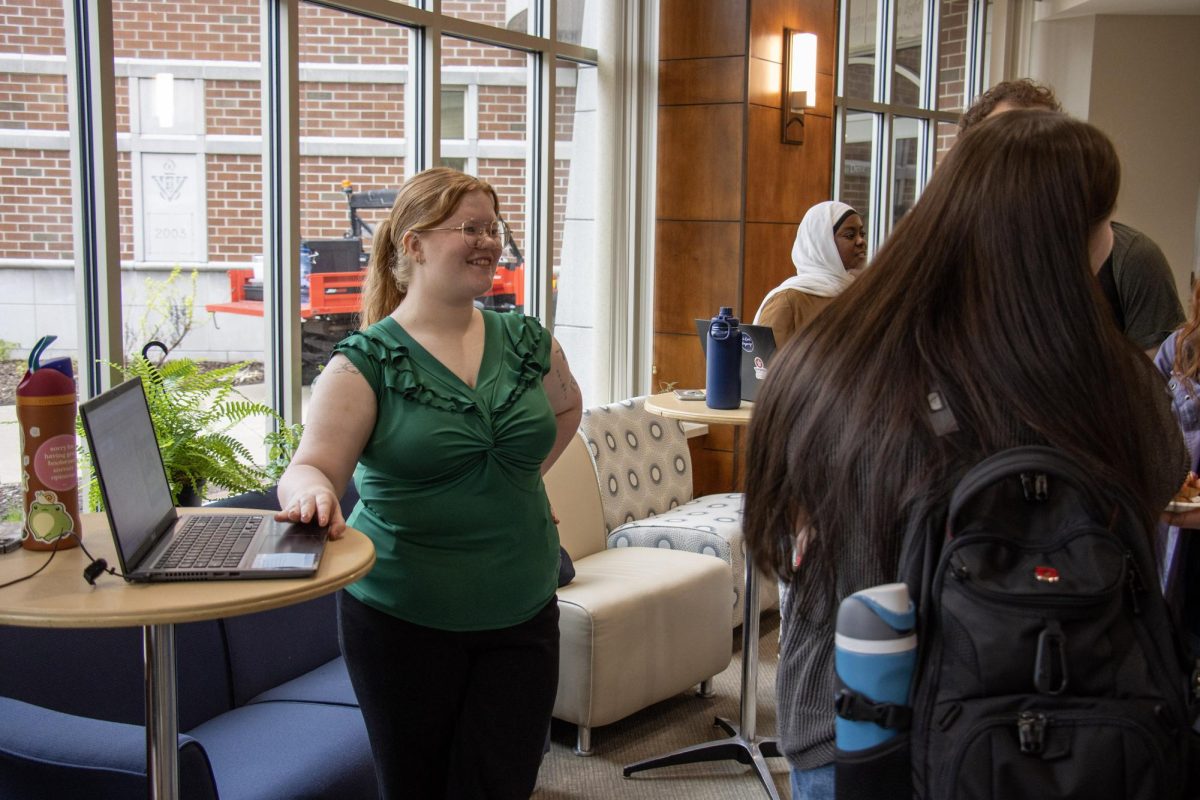Viterbo’s cockroach conundrum
April 12, 2023
Members of the Viterbo community have reported encounters with cockroaches on campus. Last year, Ryan Dettbarn found one in her desk—an experience that ended with a perfectly good stapler being thrown away out of fear that a fellow creature had crawled inside. Recently, the parents of first-year students have posted to Viterbo’s Parents Facebook page their complaints about the roaches their children report seeing on campus.
The new Assistant Dean for Student Community Matt Jurvelin provided his take on the pests. “It’s something that interests me because I know that on any campus I’ve been on, we’ve had cockroaches—this is not unique to Viterbo,” says Jurvelin. While he’s only been at Viterbo for eight months, Jurvelin has 20 years of experience on numerous other college campuses.
“What I’ve come to appreciate about Viterbo is the sense of community,” he says. “Other campuses have had cockroach problems or other issues that haven’t been able to be acted on … because of the lesser sense of community.” On this note, Jurvelin encourages students to report their roach sightings to Physical Plant, Residence Life, or their RA. As Jurvelin says, “We can’t fix what we aren’t aware of.”
A question on students’ minds remains, though: how does one keep cockroaches from entering their living spaces? Jurvelin consulted with Gene McCurdy, the Director of the Physical Plant, to help students prevent unwelcome guests.
First, students should keep food closed in a container and off of floors, as cockroaches are attracted to food. They’re also attracted to cardboard, so all those boxes waiting for moveout should be sealed in a garbage bag or plastic box until the end of the semester.
As for when students are more likely to see the crawly pests, Jurvelin says that they’re more active in the winter and around construction sites. He recounted the old saying, “Wisconsin has two seasons: winter and construction.” According to Jurvelin and McCurdy, they’re also known to be more active during the night-time and live in drainpipes.
To help combat Viterbo’s cockroach problem, Jurvelin says that the university has a weekly routine to keep the critters at bay. “One of the actions that Physical Plant does is they put water in the floor to keep them from coming up and through,” he says, “so the more active our halls are, the less we tend to see them come up and through.”
The university also has a “monthly certified pest control provider who visits all of our buildings” and “if there’s need beyond a monthly scheduled visit” they’re brought in to handle any activity that’s “outside the norm.”
Overall, Viterbo takes steps to keep the cockroaches from invading the lives of students, but it’s a team effort. In meeting with the Lumen, Jurvelin was surprised to hear that cockroaches (alive and dead) are seen frequently in the basement of the Fine Arts Center. The day after learning this, a couple of cockroach traps appeared in the trap room—a storage space and walkway to the Black Box—in the basement. The simple traps collected several roaches in their first 24 hours.
Looking forward, Jurvelin hopes to continue educating students on the creepy crawlies they may encounter on campus and how to keep insects from getting into their living spaces. He’s hoping to implement “little things that maybe start at orientation to bring awareness of how to keep a safe and healthy environment.” He also says that he’d like to “directly address” the issue as well.
“We wouldn’t want anyone to be alarmed by it—I understand why. Those are things no one wants to see. No one wants them on campus. It doesn’t matter that they exist in other places.” Jurvelin insisted that Viterbo cares about this issue and is actively combatting the problem, but they need students’ help, promising, “We do the best we can and if we know, we’ll get after it.”




